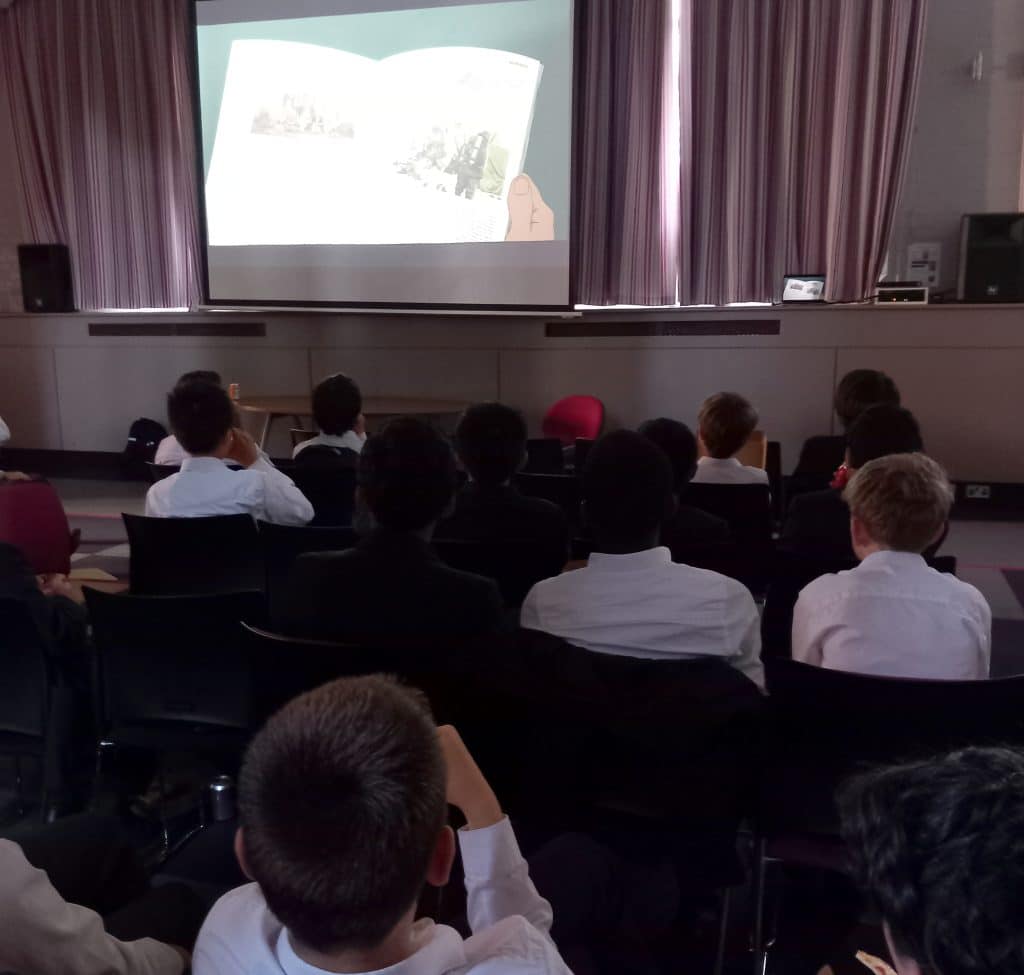11 February 2022
In January Dr Vincent-Henri Peuch from the European Centre for Medium-Range Weather Forecasts (ECMWF) gave an online presentation to the Science Communication Club entitled “A quick roundup about climate change”. This was based on the recently published 6th Assessment Report of the Intergovernmental Panel on Climate Change (IPCC) and on the latest climate monitoring results from the European programme Copernicus, in which ECMWF plays a key role.
There is unequivocal and overwhelming evidence that the climate of our planet has changed since pre-industrial times and that emissions of fossil greenhouse gases from human activities have been driving these changes. This is to the point that some are considering that our planet has entered a new era which has been coined “Anthropocene” (by analogy to geological eras), as the global surface average temperature is now well above what it has been in more than 100,000 years.
He briefly touched upon so-called Earth-System Models (ESM), which are used to both monitor the climate of the past decades and to predict what could be the future climate depending upon socio-economic scenarios which countries of the world may follow (the Shared Socioeconomic Pathways). These ESM are closely related to numerical models that are also used for weather prediction. In recent years they have become increasingly realistic to the point that plans are now for developing Digital Twins of the Earth, which will allow us to explore possible climate change adaptation and mitigation measures for guiding the governments.
He introduced the United Nations Framework Convention on Climate Change (UNFCCC) which is organising international efforts. One of the tasks of its secretariat, based in Bonn, Germany, is to organise yearly Conferences of the Parties (COP). The last one, the 26th COP (COP26) was held in Glasgow and allowed a significant agreement on reducing emissions of methane (CH4), one of the key greenhouse gases with carbon dioxide (CO2). In Paris in 2016 (COP21), countries agreed to reduce their greenhouse gas emissions to maintain the earth’s global average surface temperature to no more than 1.5 to 2 degrees above the pre-industrial average.
Using the example of the Galton board experiment, he also explained why, while weather forecasting becomes unreliable beyond about two weeks (the famous “butterfly effect” of mathematician E. Lorenz), it is possible to predict climate in future decades. Actually, first attempts at predicting climate in the late 1970s with rudimentary ESM actually have proven to have been reliable comparing with what actually happened since. He showed that there is a near linear relationship between the cumulative CO2 emissions and global warming. Future CO2 emissions differ across SSPs and make a very big difference on how much warming we will experience in 2050 and until the end of the century.
He concluded using IPCC’s words that unless there are immediate, rapid, and large-scale reductions in greenhouse gas emissions, limiting warming to 1.5°C will be beyond reach. Copernicus has shown that the last seven years including 2021 have been the seven highest on record. The changes we experience will increase with further warming. Unfortunately, there’s no going back from some changes in the climate system. However, some changes could be slowed, and others could be stopped by limiting greenhouse gas emissions.
Finally, Dr Peuch answered several questions on technological solutions to global warming and reaching net zero by 2050 from the interested audience both at Abingdon School and online.
Written by Alexandre Peuch, Upper Sixth
Image credit: Copernicus Climate Change Service/ECMWF





